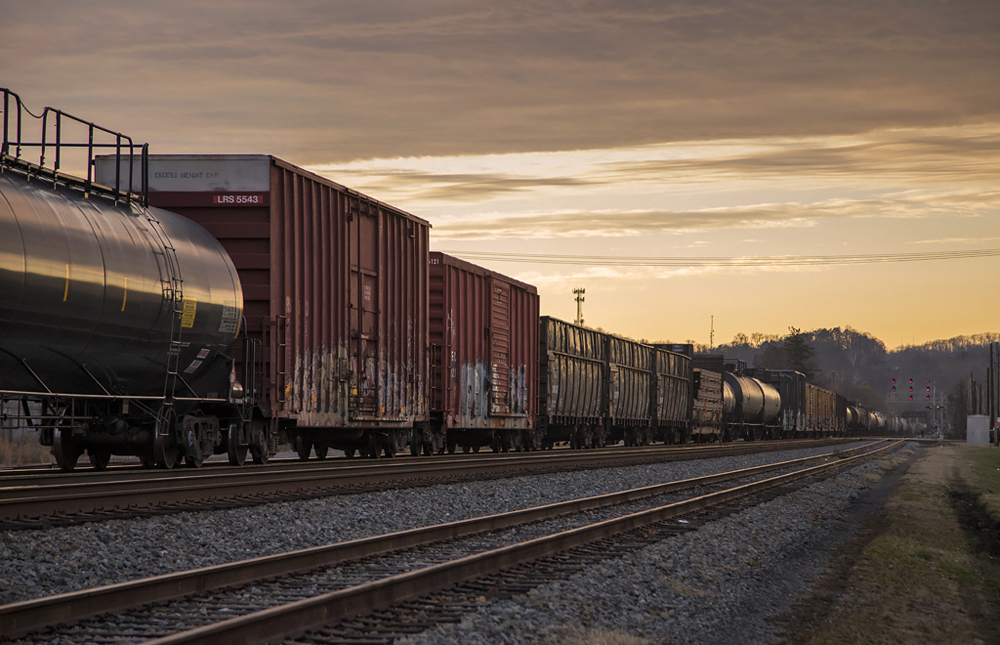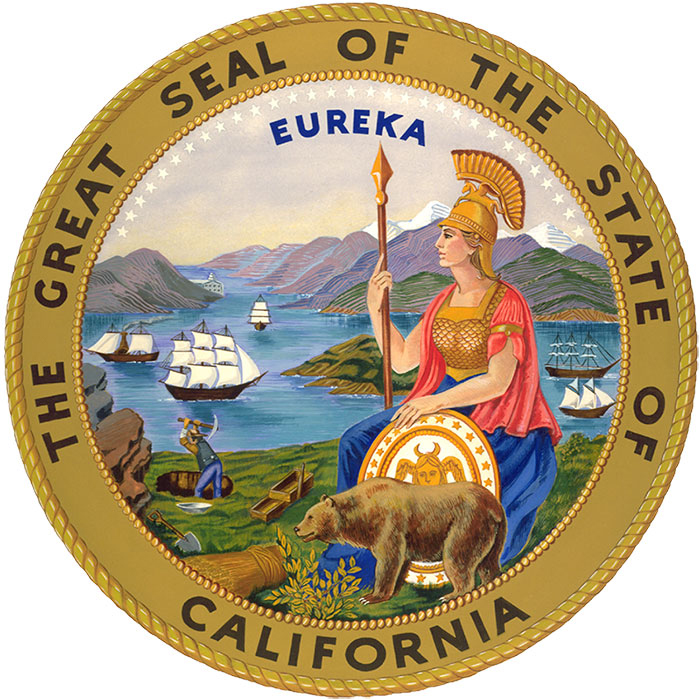
CHARLESTON, W.Va. — Americans are expecting the Federal Reserve to quell inflation by increasing interest rates this year, but the Feds’ efforts to reel in inflation shouldn’t curb economic activity or carloads. In fact, uncertainties around higher interest rates may tame spending enough to allow the supply chain to recover after high post-pandemic demand weighed down its responsiveness.
Railroads are still handling delayed cargo containers held up at ports and have experienced their own labor and equipment issues. Other sectors, like automotive, have yet to bounce back due to prolonged microchip issues and supply chain delays. Despite strong economic activity, rail traffic is down more than 2% year over year, with automotive, petroleum, and intermodal traffic posting the largest deficits.
If the Federal Reserve raises interest rates later this month from the current 0.25%, it should have a minimal effect on rail shippers’ business decisions or immediate consumer spending. Russia’s war on Ukraine is likely to have more influence.
This would be the case because railroads move products that will remain in high demand with tight supply across the world. Coal, for example, is rallying with 13% more traffic so far this year, building upon 2021’s strong exports due to China’s prolonged trade dispute with Australia. Now, economists believe European countries may lean on coal for electricity generation as the Russia-Ukraine war threatens Europe’s natural gas imports. Global steelmaking is also up, which drives demand for metallurgical coal.
Oil prices have climbed more than 55% this year at $118 per barrel, the highest price since 2008, as global sanctions hinder Russian oil exports. Elevated oil prices bode well for more U.S. production but any benefit to railroads is not clear. The U.S. Energy Information Administration says that between January 2021 and February 2022, the country added 220 oil rigs, of which half were in the Permian region of West Texas. This makes a compelling case for a rise in frac sand shipments by rail.
And agriculture demand is high, as U.S. corn growers head into the spring crop after postings its second highest year on record in 2021 with 15.1 billion bushels of corn for use in animal feed, ethanol, food, and other purposes. Soybeans may rally again in 2022 as dry weather in South America affects global soybean supply. [see “Carload Considerations: Keep an eye on soybeans,” Trains News Wire, Feb. 17, 2022]. And U.S. wheat exports may gain market share if the Russia-Ukraine war persists; the two countries account for 25% of global wheat exports.
If interest rates significantly increase this year, economic behavior may change over time, as consumers become more reluctant to make big purchases on homes and vehicles. Elevated interest rates could slow shipments of vehicles, or result in fewer carloads of lumber, aggregates, and other home-building materials railroads haul. But this this would not influence carloads for months, and it may not be until mid-2023 that one could draw conclusions between high interest rates and carload performance.
Even if residential homebuilding and consumer spending slows due to steep interest rates, railroads may mitigate losses with other industrial business. The Biden administration’s $1.2 trillion bipartisan Infrastructure Investment and Jobs Act has the potential to generate carload traffic for infrastructure projects [see “Bipartisan infrastructure bill a boon …” News Wire, Feb. 15, 2022].
The most skeptical scenario sees motor vehicles and intermodal as the most vulnerable rail traffic if the Fed makes major adjustments to interest rates. In this scenario, these commodities would remain suppressed after supply chain issues recede to pre-pandemic norms. It assumes vehicle demand goes away and consumer spending softens intermodal business as the cost of borrowing money increases.
This is a possibility, but less impactful on overall carloads. Railroads should weather high interest rates fine and 2022 should be the best year for carloads since before the pandemic.














Have we thought about what the cost of diesel will do to the road vs. rail dynamic?